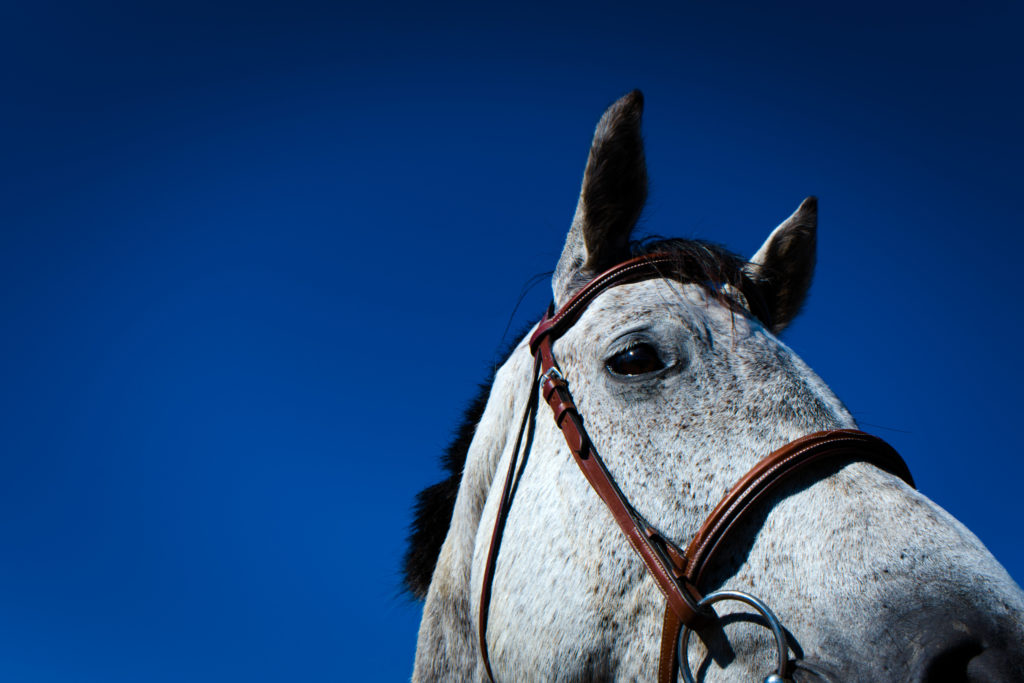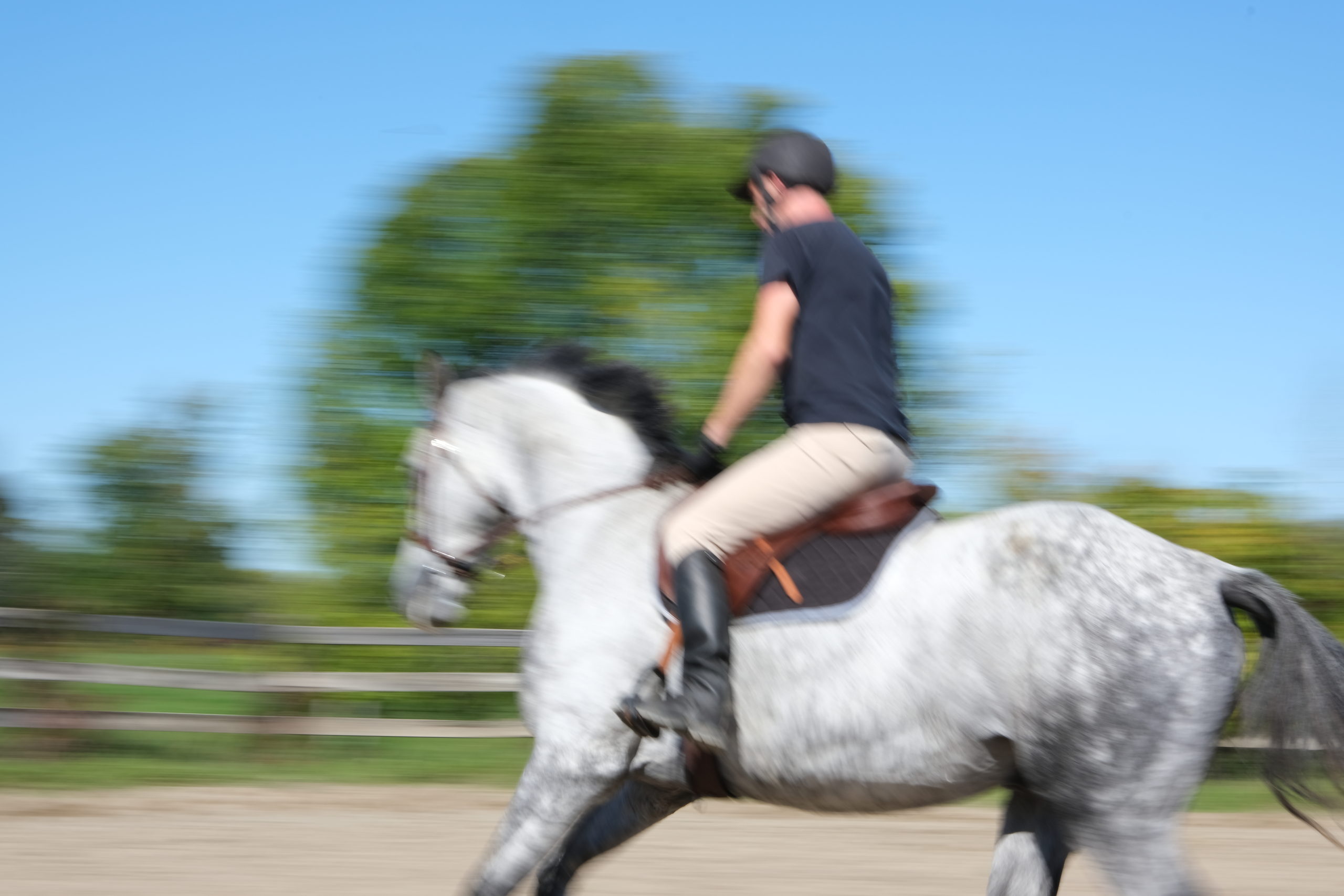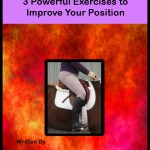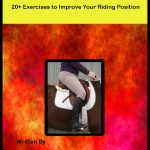How to get my Heels Down
I’m here to say to you…
It’s more than “heels down”
I was watching a riding lesson recently and the person I was with said, “that rider needs to put their heels down.”
Not wanting to “rock the boat” I looked over and nodded. IN the back of my mind I was thinking it’s more than heels down.

There was a shopping list of egregious position infractions.
The “heels down” was a symptom of the other problems with this riding position.
It is not just “put your heels down” that makes for a strong leg.
It is the balance and form of the leg that determines the strength. You can have your heels down and not be effective or secure. Lowering your heels is important as this allows the weight to be distributed throughout and lowers the weight to its deepest part.
If you riding instructor tells you Put YOUR HEELs DOWN! They are not getting to the core issue with your riding.
Your heels are not down because:
You Need to Develop a good base
A rider’s base of support is the first and fundamental aspect of the riders tool box. It is essential that all riders have a good foundation. Just like a building structure needs a foundation to build on, a rider needs a foundation for their basic riding position.
How do you develop a proper foundation?
A good base of support?
Live in 2-point position.
AND
You won’t like what I have to say here…
Ride without stirrups every ride. No “no-stirrup-November”. No stirrup every ride.
It doesn’t have to be long! 10 minutes each ride.
The foundation of a rider’s position is their leg and seat. Without a strong leg and seat your position will be weak. From heel to pelvis the rider has to be balanced and secure. A rider that stays in balance and has a good base of support or leg will rarely become unseated.
Leg in the Proper Place
A good leg position is characterized by a deep and secure heel with the toes pulled up.
With the leg
In the correct place.
Often I see the knee pinching and lower leg swinging back.
Relax the knee and allow your leg to hang parallel to the girth.
The leg has to envelop the horse in a secure but relaxed fashion with equal tension resting throughout the leg in contact with the saddle.
The leg should hang naturally from the hip with the toe pulled up and the heel comfortably under the riders seat. Some common problems are:
- the heel shooting out in front of the rider, a chair seat
- the leg slipping back
- loose leg
- gripping leg
Exercises to Help
After you have checked to ensure that:
- the saddle fits the horse correctly
- the saddle fits you correctly
consider the following exercises.
- Exercises at the halt – Remember when performing these exercises have someone with you at all times and if you are concerned that your horse may not accept you performing these exercises please be sensible and perform them on a suitable horse.
- Toe touches– While halted remove your feet from the stirrups and touch your right hand to your right toe. Stretch your right hand above your head with your fingers pointed upward and then bending from your waist, reach down and touch your toe. It is imperative that your left leg remain completely still. When bending down to touch your toe, keep both legs still by stretching your heels down and forward. Do not allow your leg to swing back but control the position of both legs. Repeat 10 times on each side.
- Lean back on the horse – Once again remove your feet from the stirrups and lean back on the horses back. Touch your helmet to the croup of the horse. This is important, keep your legs still. When leaning back keep your legs under your seat. Control your legs by stretching your legs down and back underneath your seat. These exercises will help develop an independent seat necessary for riding.
- Watch this video here – Fix that swinging leg.
- Read this related article here – Riding position review – if you’d like to have your own horse riding position review please send me an email with a couple of photos.
Including these simple exercises will help you improve your riding position. Incorporate work without stirrups and exercises at the beginning of your training session to warm up yourself before your ride. If you find that your horse will not stand, then try doing these stretches during the cool down of your program.
Above all, have fun.
Sign up for the newsletter. People tell me they have gotten valuable information from it. Loads of tips and helpful exercises.
 Try these three powerful exercises to get strengthen your position.
Try these three powerful exercises to get strengthen your position.
